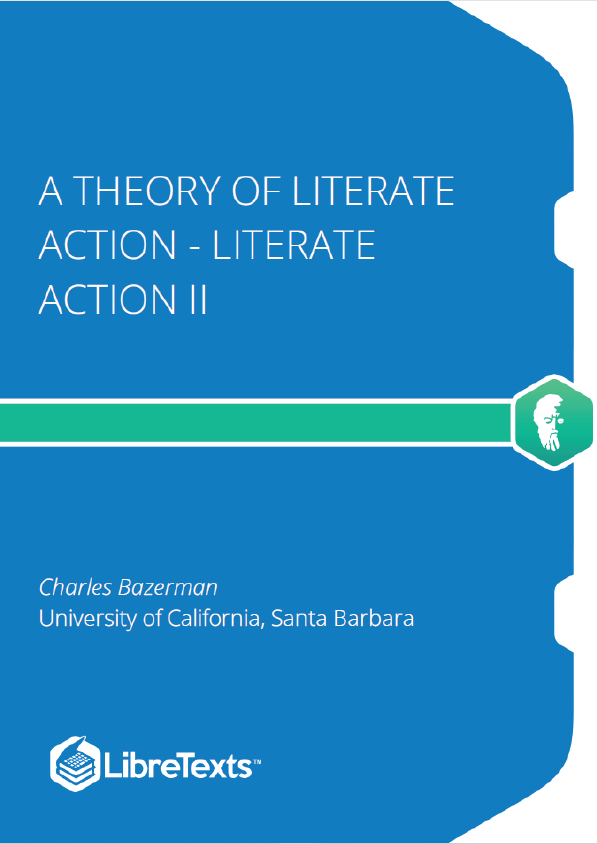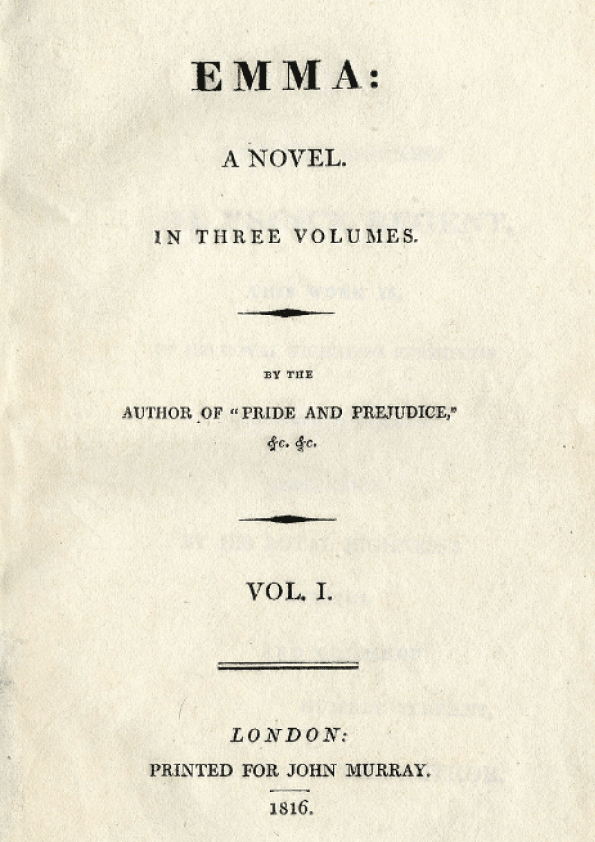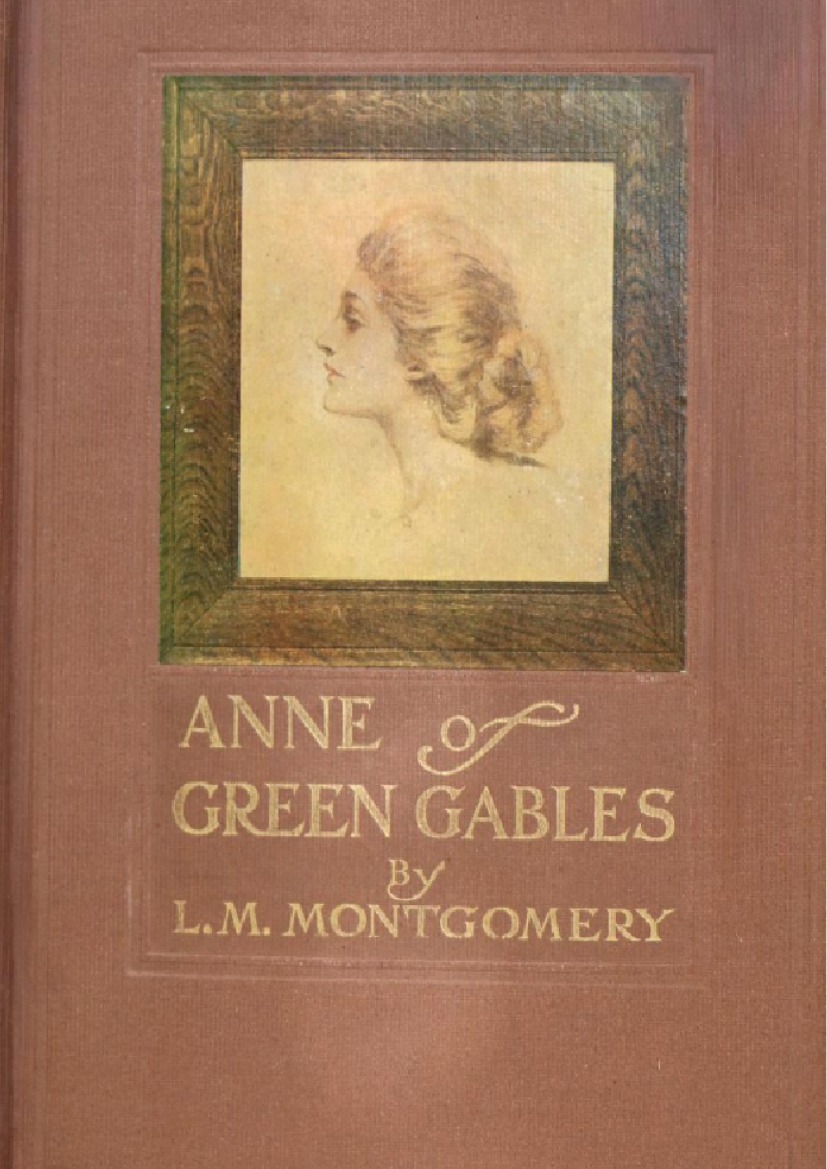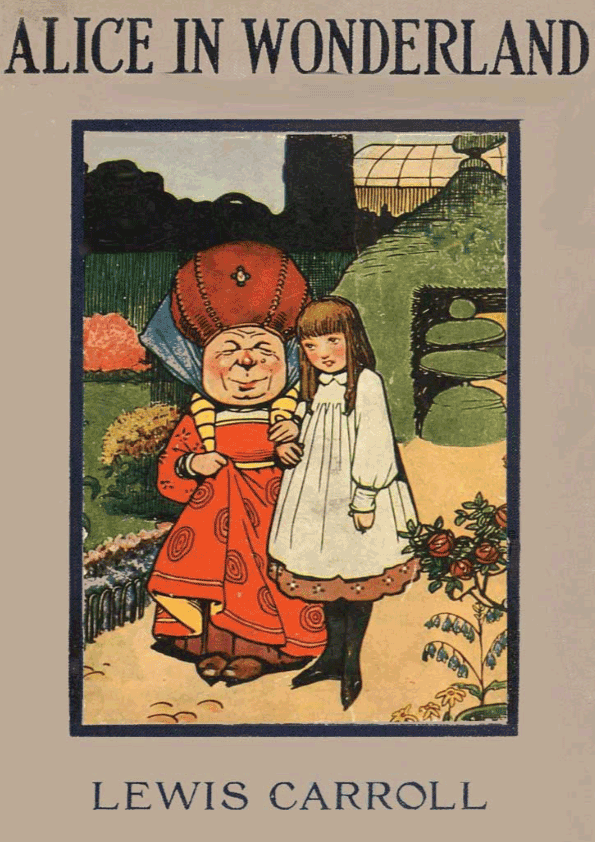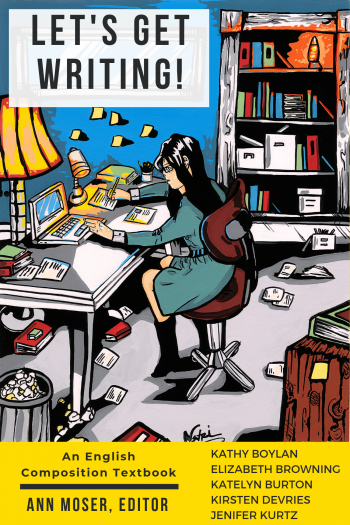The first in a two-volume set, A Rhetoric of Literate Action is written for “the experienced writer with a substantial repertoire of skills, [who] now would find it useful to think in more fundamental strategic terms about what they want their texts to accomplish, what form the texts might take, how to develop specific contents, and how to arrange the work of writing.” The reader is offered a framework for identifying and understanding the situations writing comes out of and is directed toward; a consideration of how a text works to transform a situation and achieve the writer’s motives; and advice on how to bring the text to completion and “how to manage the work and one’s own emotions and energies so as to accomplish the work most effectively.”
The Textual Marking of Situationality and Activity The fundamental problem in developing a rhetoric of writing is characterizing the of written texts because writing so easily travels through space and time. Writing’s asset of transportability means the written text can leave behind the physical location and moment in time when it was produced. It also escapes the immediate social circumstances, relations, and activities to affect different locales and activities at a distance, but these new locations are not visible in the immediate physical environs in which the text is produced. These new situations and interactions have to be constructed imaginatively by the writer and signaled adequately enough in the text for the reader to reconstruct them.
Letters provide a strong case in point, for they overtly announce their spatiality, temporality, relation, and activity. They typically announce the writer and intended receiver, and they are frequently dated and marked with the place of origin. They are generally intended for immediate use upon receipt and then either discarded or filed away as a memory aid or record of the now past transaction. Furthermore in salutation and signature they often specify the particular relation between the corresponding parties (terms of honor in the greeting and commitments of loyalty in the signature, for example). These relationships may be further specified (“I write you in your capacity as executor of the estate of . . .”; “I appeal to you as a fellow parent . . .”) and bonds reinforced (“I hope all is well with you”) in the course of the letter. Even more the substance of the letter may narrate the occasion that prompts the letter, the situation the letter speaks to, and the particular action the letter aims to complete (“I write in application for the position advertised in . . .”; “it has been many months since we have seen each other, and my thoughts repeatedly turn to your welfare, especially now that we hear reports of devastation in your land”; “Mom, my bank account is tapped out, please send money.”)
Because the letter contains so many markers of its sociality, allowing the reader mentally to locate him or herself in the social interaction, it early on became one of the primary genres of writing. Starting with the explicit sociality of letters, many other written genres were able to find shape and meaning, until they became recognizable and recognized as distinctive forms—such as business reports, scientific journals, newspapers and magazines, and even financial instruments such as letters of credit, checks, and paper currency. It is not surprising, therefore, that the first rhetoric of writing concerned the writing of letters, the medieval ars dictaminis (Murphy, 1985). As a genre, or an increasingly distinctive set of genres, the letter asserts its place in the social world and helps formulate the sociality for many written documents (Bazerman, 1999b.)
